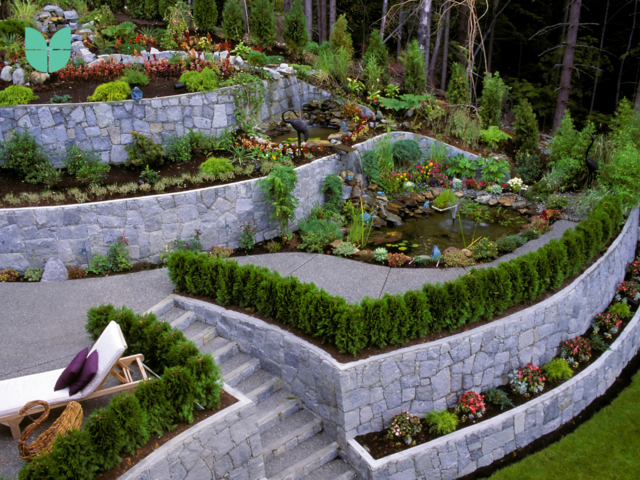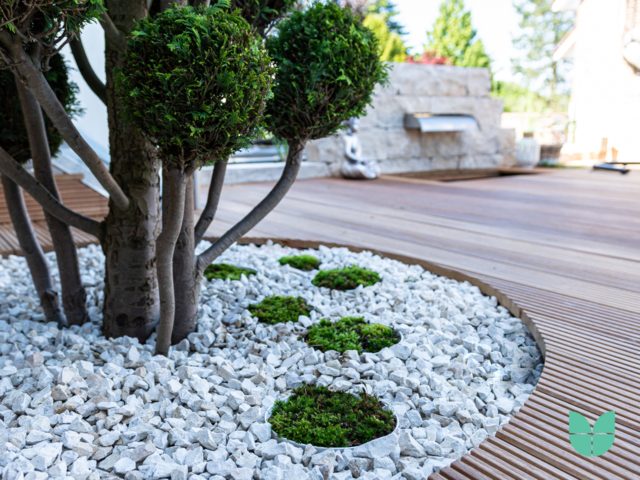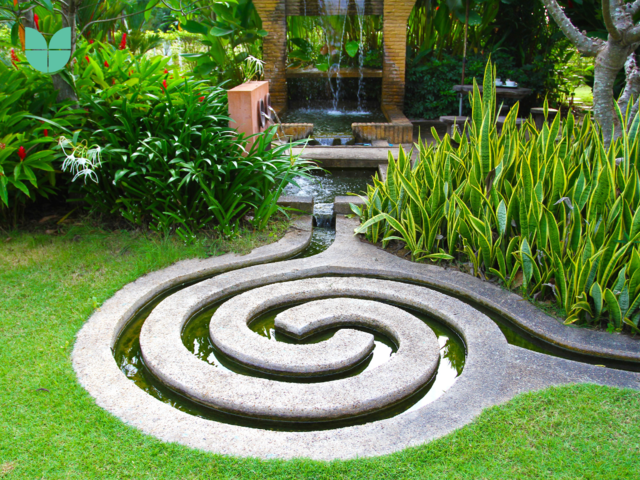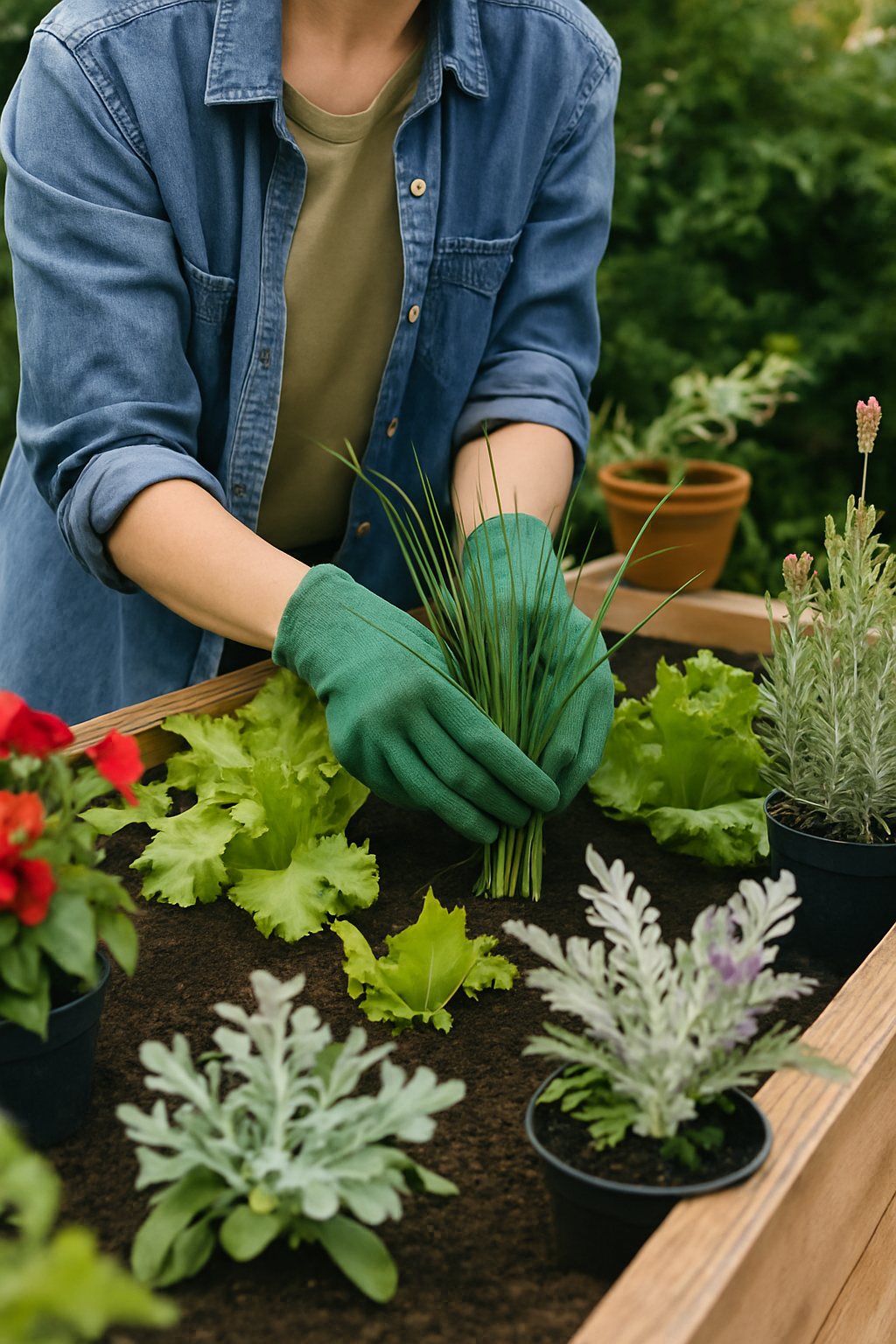A garden can be a sacred space where beauty and serenity can sit side by side in a natural oasis. A carefully curated garden that balances aesthetics and functionality can be both a work of art and an ecological co-op. The key is to understand and apply fundamental garden design principles and techniques. Let's investigate the art of creating a captivating garden, from balance to unity, colour to texture.

Understanding Garden Design
Garden design is a marriage of landscape architecture and horticulture. It is a unique combination of skills where art & design are combined with science & nature. The process of designing a garden or outdoor space begins with the physical characteristics of the garden and its intended use. There is also the local climate and soil to consider as well as the most important element, the designers vision. It is about making a space that is not only beautiful but also sustainable and appropriate for its surroundings.
Fundamental Garden Design principles
In garden design, balance needs to be created so that the space is welcoming and easy to navigate. If a design is unbalanced it can create a feeling of discomfort or just feel wrong. Balance is achieved by introducing symmetry which involves elements mirroring each other on either side of a central line. It can also be achieved by the use of asymmetry where different elements balance each other in terms of visual weight and in interesting ways.
Other design principles include unity and harmony where all the elements of the design come together to create a unified whole. This cohesion can be created using similar shapes, repeating colours, or adhering to a specific style or theme. A garden design needs to feel like all the parts are related to each other so when you move through the space there is a feeling of belonging.
For a more visually appealing and interesting garden design, contrast and variety can work really well. Colour, shape, and texture can be used to create contrast, while a diverse mix of plants and garden elements can be used to create variety. While variety will make a space more interesting, it is important not to forget to keep a sense of cohesion throughout.
Scale and proportion comes into play when planning the plants, paths and all the elements of the design. They must again relate to one another in a logical but interesting way. Everything must be in proportion to one another and to the surrounding architecture.
Composition of a garden
Composition is as valid in garden design as it is in a painting or photography. It is the arrangement of various elements including paths, walls, and structures to create the final “picture”. Plant shapes and sizes, as well as negative space, play an important role in composition.

The influence of colour in garden design
Colour has the power to create an entire ambiance or mood in a space. Warm colours, such as red and orange, can energise a space, whereas cool colours, such as blue and purple, can create a relaxing atmosphere. A knowledge of colour theory can help you to plan how you want people to feel when in your garden as well as making it visually appealing. When considering sustainability and longevity, incorporate seasonal colour changes to keep your garden vibrant all year.
Adding texture to garden design
Texture can add an additional dimension to a garden design making it more visually interesting but texture will also enhance a design through touch. Different textures can both interrupt any blandness or monotony in the design but it must be well balanced in order to avoid a chaotic aesthetic.

Garden design enhancement methods
Layering plants of varying heights can generate a more visually interesting planting area and using colour, shape, texture or repetition can help to create unity and rhythm. If you want to include a focal point where you may sit or dine, a beautiful plant, sculpture, or water feature, for example, can draw the eye and provide a visual resting point.
Application in the real world
Take, for example, Claude Monet's famous Giverny gardens. They demonstrate masterful use of design principles. The green bridge's repeated arches mirrored in the pond below, create harmony and the water lilies and weeping willows have contrasting textures that add depth and intrigue. The bright splashes of colour from the flowers are the vibrancy that ties it all together thus creating a truly inspiring scene.
Garden design is an exciting journey of discovery and creativity. By understanding and applying the principles of balance, unity, contrast, scale, and proportion, as well as the techniques of composition, colour, and texture, you too can create a visually appealing, functional, and uniquely intimate garden.
Are you ready to learn more about the art of garden design? Our Garden Design Academy provides in-depth training in garden design principles and techniques. Begin your garden design journey with us today and transform your green spaces into works of living art.

